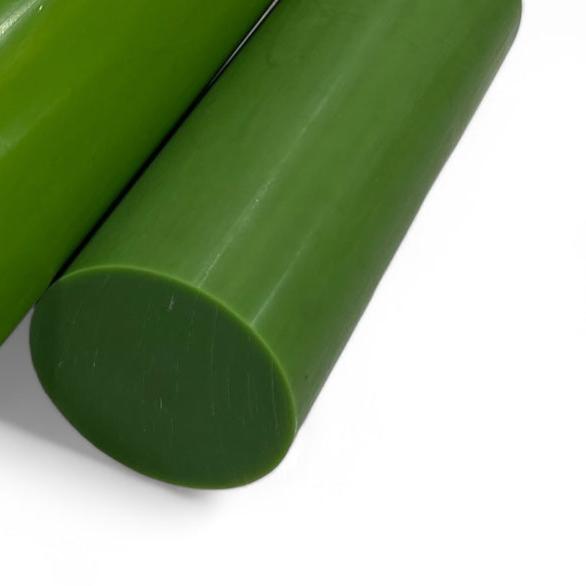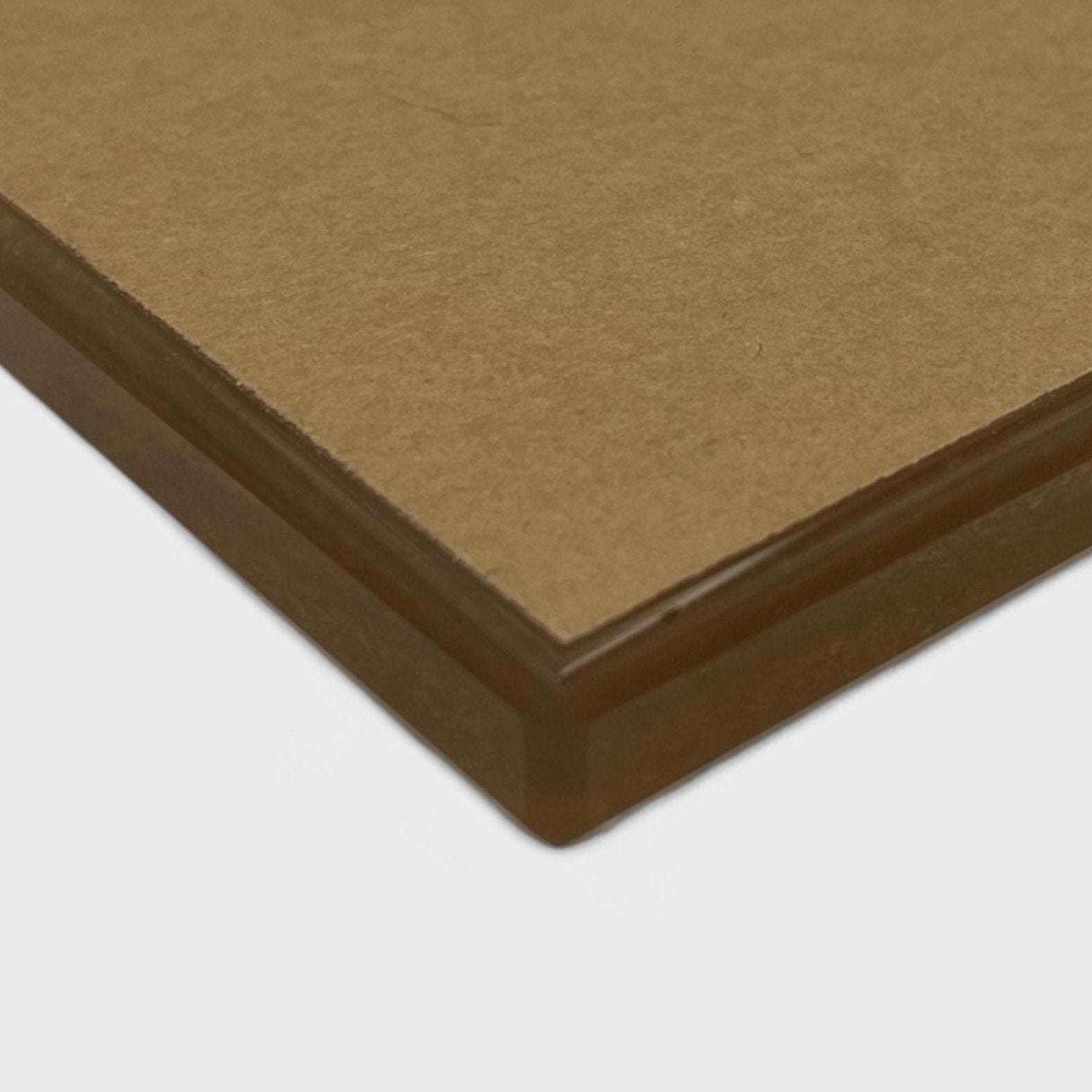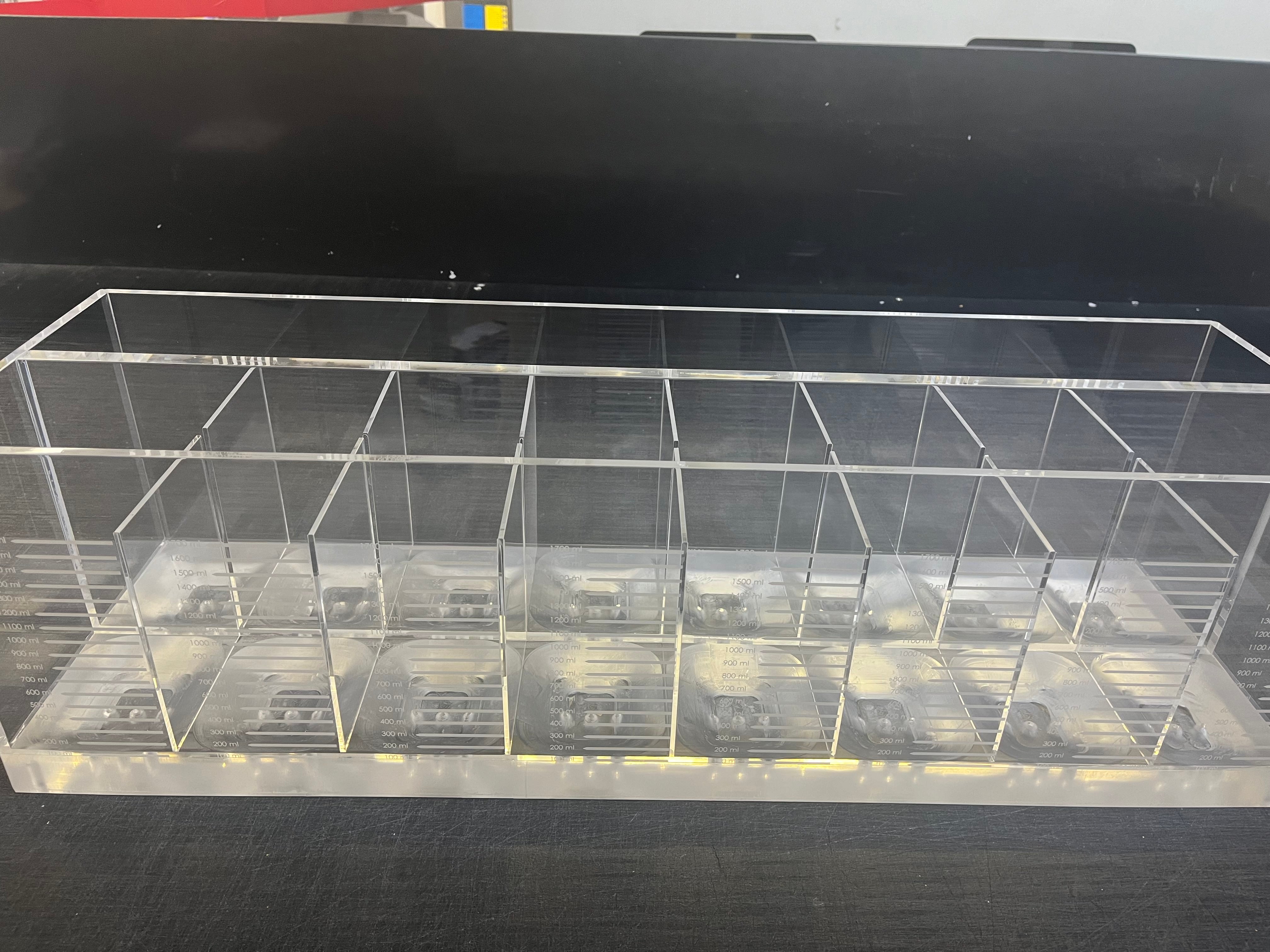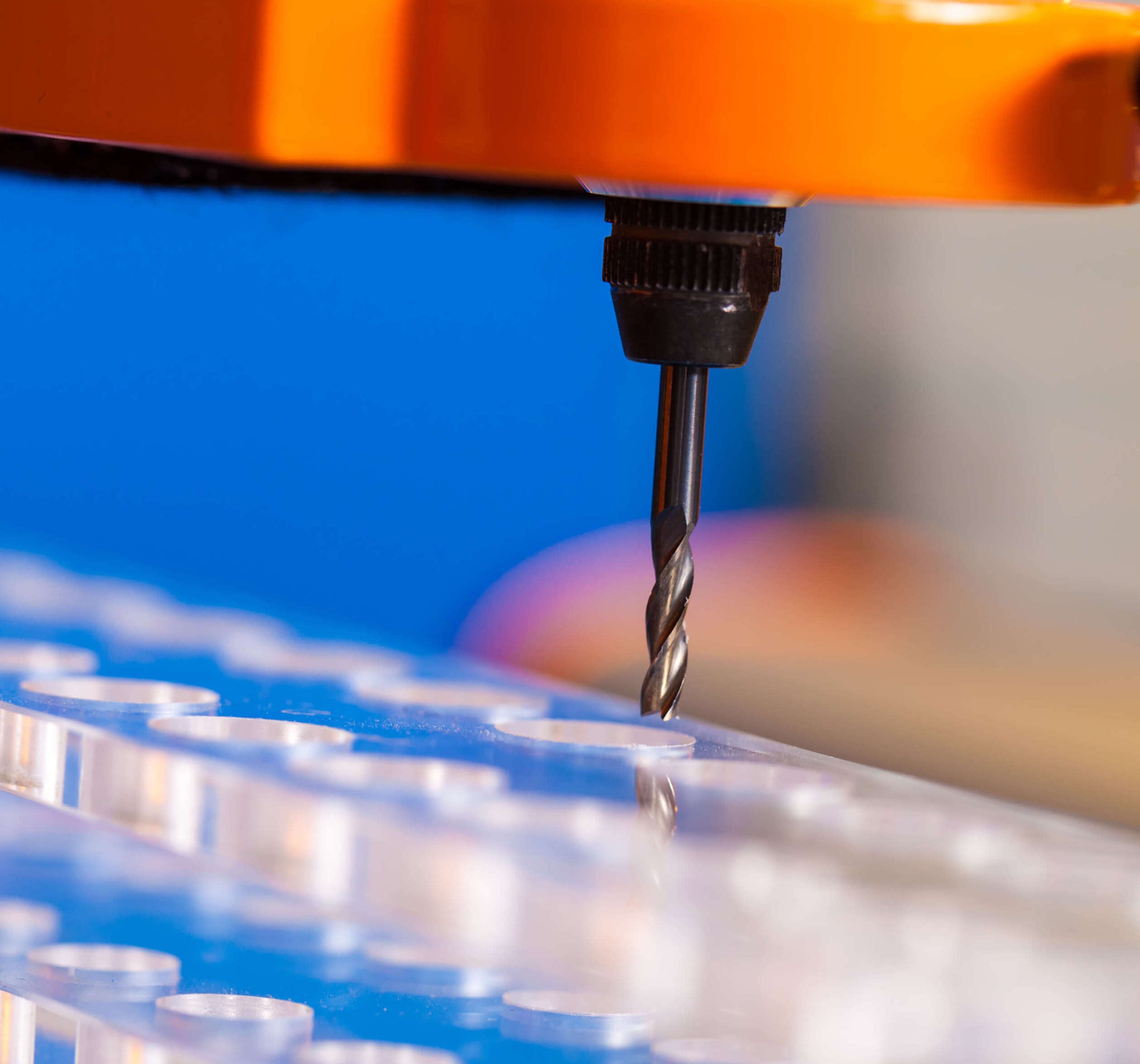When it comes to engineering plastics, Nylon 6 and Nylon 66 are two of the most popular options. But while they share a lot of qualities, the subtle differences between them can make a big impact depending on the application.
Let’s break it down so you can decide which one works best for your needs.
What Are Nylon 6 and Nylon 66?
Both Nylon 6 and Nylon 66 are synthetic polymers known as polyamides. The numbers—6 and 66—refer to the number of carbon atoms in their molecular structure, which influences their properties.
In simple terms, they’re both tough, durable materials, but small structural differences mean they perform slightly differently in real-world applications.
Shared Properties of Nylon 6 and Nylon 66
Despite their differences, Nylon 6 and Nylon 66 share many key traits that make them great choices for engineering applications:
- Strong, tough, and stiff – Both materials can handle a lot of mechanical stress.
- Great wear resistance – They hold up well against friction, so they’re perfect for moving parts.
- Good electrical insulation – A safe option for electrical components.
- Highly machinable – Easy to work with for precision parts.
- Resistant to radiation – Can be used in environments exposed to gamma or x-rays.
Key Differences Between Nylon 6 and Nylon 66
Here’s a side-by-side comparison of their key differences:
| Property | Nylon 6 | Nylon 66 |
|---|---|---|
| Mold Shrinkage | Lower shrinkage, better for precise parts | Higher shrinkage, needs extra consideration |
| Melting Point | Lower melting point | Higher melting point, suitable for high temperatures |
| Water Absorption | Absorbs more moisture | Absorbs less moisture, better in wet conditions |
| Chemical Resistance | Better with hydrocarbons | Better with acids |
| Surface Finish | Lustrous, easy to dye | More difficult to color, matte finish |
Which Nylon Should You Use?
Here’s a quick breakdown to help you decide which nylon is best for your project:
| When to Choose | Nylon 6 | Nylon 66 |
|---|---|---|
| Impact Resistance | High impact and stress | Moderate stress, but better long-term durability |
| Heat Exposure | Lower heat environments | High temperature environments |
| Water Exposure | Indoor or dry environments | Moist or outdoor environments |
| Appearance Matters | Smooth, glossy, easy to color | Matte, harder to dye |
| Chemical Resistance | Resistant to hydrocarbons | Resistant to acids |
Real-World Applications
Both types of nylon are used across industries like automotive, industrial, and consumer goods. Here’s how they compare in some common applications:
| Application | Nylon 6 | Nylon 66 |
|---|---|---|
| Gears | ✔ | ✘ |
| Automotive Engine Parts | ✔ | ✔ |
| Friction Bearings | ✘ | ✔ |
| Radiator Caps | ✘ | ✔ |
| Consumer Goods (smooth finish) | ✔ | ✘ |
Choosing between Nylon 6 and Nylon 66 boils down to understanding the needs of your project. Nylon 6 is ideal for applications where toughness and appearance matter, while Nylon 66 excels in high-temperature and moisture-heavy environments.





Leave a comment
This site is protected by hCaptcha and the hCaptcha Privacy Policy and Terms of Service apply.